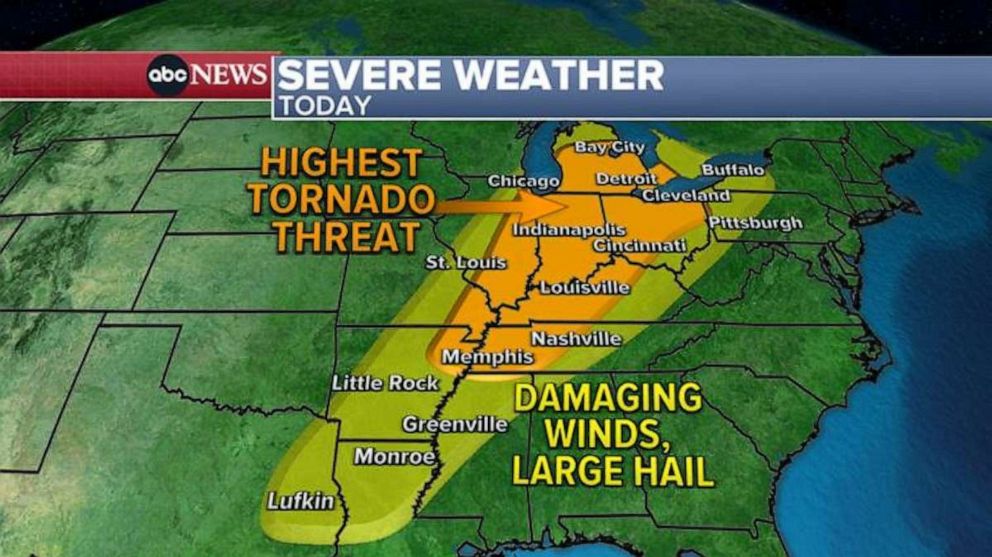Rising Global Military Spending: Europe Leads The Charge Against Russia

Table of Contents
The Ukraine Conflict as a Catalyst
The 2022 Russian invasion of Ukraine served as a brutal wake-up call, shattering the illusion of post-Cold War stability and highlighting the unpredictable nature of Russian foreign policy. The invasion underscored Russia's willingness to use military force to achieve its geopolitical objectives, shattering long-held assumptions about European security. This has had a profound impact on European perceptions of threat, leading to several key changes:
- Increased perception of direct military threat from Russia: The invasion removed any lingering doubt about Russia's willingness to engage in large-scale military aggression against its neighbors. This has fundamentally altered the risk assessment of many European nations.
- Renewed focus on strengthening national defense capabilities: The conflict exposed vulnerabilities in the collective defense posture of several European nations, leading to a renewed commitment to strengthening their individual and collective defense capabilities.
- Pressure to increase defense spending within NATO alliances: The invasion reinforced the importance of the NATO alliance and placed renewed pressure on member states to meet their agreed-upon defense spending targets, with many exceeding them significantly.
- Shift in public opinion towards greater military investment: The war in Ukraine has shifted public opinion in many European countries, with a greater acceptance of the need for increased military investment to ensure national security. This is reflected in increased government support for higher defense budgets.
Europe's Surge in Military Spending
Several European nations are dramatically increasing their defense budgets, a direct response to the perceived threat from Russia. These increases represent a substantial commitment to military modernization and arms procurement, aiming to enhance deterrence and bolster national security.
- Analysis of specific country budget increases: Germany, for example, has committed to a significant increase in its defense spending, exceeding 2% of GDP, a target previously deemed ambitious. Poland has also undertaken a substantial military buildup, investing heavily in modernizing its armed forces. The United Kingdom continues to maintain a sizable defense budget, adjusting its priorities to address the perceived threat from Russia.
- Discussion of planned military acquisitions: Many European nations are investing heavily in new military equipment, including advanced fighter jets, modernized tank fleets, and sophisticated missile defense systems. These acquisitions are aimed at enhancing their capabilities to counter potential Russian aggression.
- Examination of the impact on national economies and social spending: The significant increase in defense spending inevitably impacts national economies and may lead to difficult choices regarding social spending. Balancing national security needs with other budgetary priorities poses a significant challenge for many European governments.
The Role of NATO
NATO plays a critical role in coordinating the European response to the Russian threat. The alliance’s collective defense commitment has been reinforced, leading to increased cooperation and joint military activities.
- Increased NATO military exercises and deployments in Eastern Europe: NATO has significantly increased its military exercises and troop deployments in Eastern Europe to deter potential Russian aggression and reassure member states.
- Strengthened cooperation on intelligence sharing and threat assessment: Enhanced intelligence sharing and threat assessment mechanisms within NATO are crucial for understanding and responding to Russian military activities.
- Discussions around increasing NATO spending targets: The ongoing conflict has spurred discussions within NATO regarding the possibility of increasing the agreed-upon defense spending targets for member states.
Global Implications of Rising Military Spending
The increase in European military spending has significant global implications, potentially contributing to an international arms race and exacerbating geopolitical tensions.
- Potential impact on global arms trade and weapon production: The surge in demand for military equipment is likely to drive significant growth in the global arms trade and weapon production, potentially creating a ripple effect in other regions.
- Risk of escalating tensions with Russia and other global powers: The increased military buildup in Europe could further escalate tensions with Russia and potentially with other global powers, increasing the risk of miscalculation and unintended escalation.
- The economic burden of increased military spending on national budgets: The substantial increase in defense spending represents a significant economic burden for many European nations, potentially diverting resources from other important areas such as healthcare and education.
- Discussion of alternative approaches to security and conflict resolution: The focus on military solutions must be balanced with the pursuit of diplomatic and peaceful resolution of conflicts. Increased investment in conflict prevention and resolution mechanisms should be considered alongside military enhancements.
Conclusion
The dramatic rise in global military spending, particularly in Europe, is a direct consequence of the war in Ukraine and the perceived threat from Russia. This shift marks a significant change in the European security landscape with far-reaching global implications. Understanding the drivers behind this increase, including the role of NATO and the economic consequences, is vital for navigating the complex geopolitical challenges ahead. Continued monitoring of rising global military spending and its implications for international security is essential. Stay informed and engage in discussions about the future of European and global security.

Featured Posts
-
 Things Get Fishy A Deep Dive Into Ru Pauls Drag Race Season 17 Episode 6
Apr 30, 2025
Things Get Fishy A Deep Dive Into Ru Pauls Drag Race Season 17 Episode 6
Apr 30, 2025 -
 West Bank Raid Prominent Palestinian Journalist Arrested By Israeli Forces
Apr 30, 2025
West Bank Raid Prominent Palestinian Journalist Arrested By Israeli Forces
Apr 30, 2025 -
 Amanda Owens Post Divorce Business Ventures And Family Life
Apr 30, 2025
Amanda Owens Post Divorce Business Ventures And Family Life
Apr 30, 2025 -
 January 6th Conspiracy Theories Ray Epps Defamation Case Against Fox News
Apr 30, 2025
January 6th Conspiracy Theories Ray Epps Defamation Case Against Fox News
Apr 30, 2025 -
 Louisvilles 2025 Disaster A Timeline Of Snow Tornadoes And Flooding
Apr 30, 2025
Louisvilles 2025 Disaster A Timeline Of Snow Tornadoes And Flooding
Apr 30, 2025
